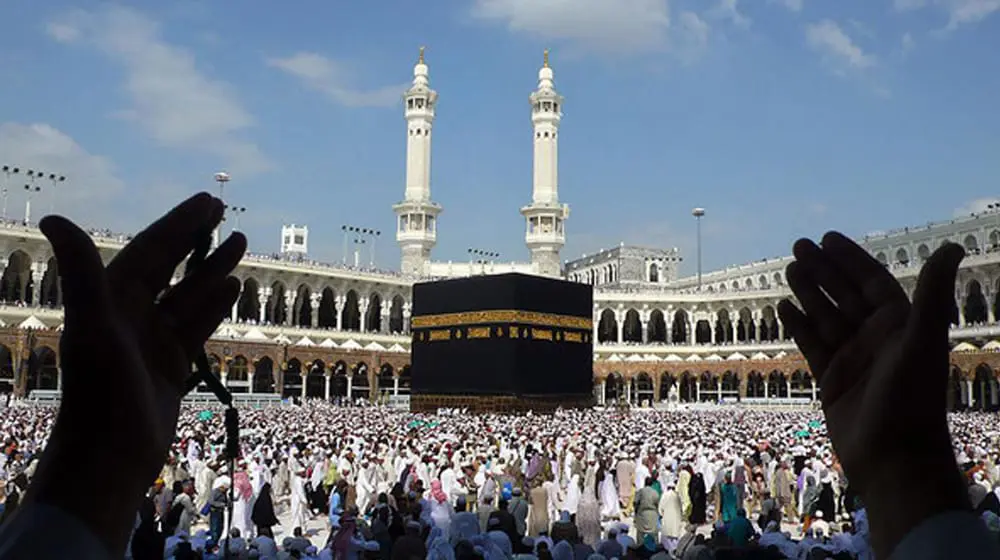CurrentReport Blog On Sunday, approximately two million Muslim pilgrims participated in the symbolic stoning of the devil, marking one of the final rites of this year’s Hajj pilgrimage in Saudi Arabia. This significant event coincides with the start of Eid al-Kabir, a major Islamic festival celebrated by Muslims around the globe.
The symbolic stoning, known as “Ramy al-Jamarat,” involves pilgrims throwing pebbles at three large pillars in Mina, near Mecca. These pillars represent the devil and symbolize the rejection of evil and sin. This ritual is rooted in the story of Prophet Ibrahim (Abraham in the Bible), who is believed to have warded off the devil’s temptations as he prepared to sacrifice his son Ismail (Isaac in the Bible), in obedience to God’s command.
As the pilgrims complete their sacred journey, Muslims worldwide commence the Eid al-Kabir celebrations, also known as the Feast of Sacrifice. In Nigeria, this festival is referred to as “Babbar Sallah” in Hausa. It commemorates Ibrahim’s unwavering faith and willingness to sacrifice his son as an act of obedience to Allah. The event is celebrated by the ritual slaughter of animals, typically a ram, with the meat distributed among family, friends, and the less fortunate, emphasizing the spirit of sharing and community.
Prior to the stoning ritual, on Saturday, June 15, over 1.8 million pilgrims gathered on Mount Arafat, an essential part of the Hajj where they engaged in prayers and reflections. By evening, the pilgrims moved to Muzdalifah, where they collected pebbles for the next day’s stoning ritual in Mina.
The ritual involves pilgrims walking along pedestrian-only streets to reach the pillars in Mina. This act commemorates Ibrahim’s test of faith when he was commanded by God to sacrifice Ismail. In the end, God provided a ram to sacrifice instead, highlighting a pivotal moment of divine intervention and mercy.
Following the stoning, pilgrims typically perform “tawaf,” a circling of the Kaaba at the Grand Mosque in Mecca. This act signifies the nearing end of their pilgrimage. Many pilgrims also visit the city of Medina, to pray at the Prophet Muhammad’s tomb, located in the Prophet’s Mosque, which is among the holiest sites in Islam.
As the Hajj concludes, male pilgrims often shave their heads and don their regular attire after days in the white garments of pilgrimage, marking the physical and spiritual renewal that the Hajj represents.
Saudi Arabia’s Minister of Hajj and Umrah, Tawfiq bin Fawzan al-Rabiah, reported that over 1.83 million Muslims are participating in this year’s Hajj. This marks a return to pre-pandemic levels, with the Kingdom welcoming a diverse array of pilgrims from across the globe.
The Hajj pilgrimage is one of the Five Pillars of Islam, an obligation that every Muslim who is physically and financially able must perform at least once in their lifetime. The conclusion of this sacred journey leaves pilgrims with profound spiritual fulfillment as they return to their homes, carrying with them the memories and lessons of their time in the holy cities.












